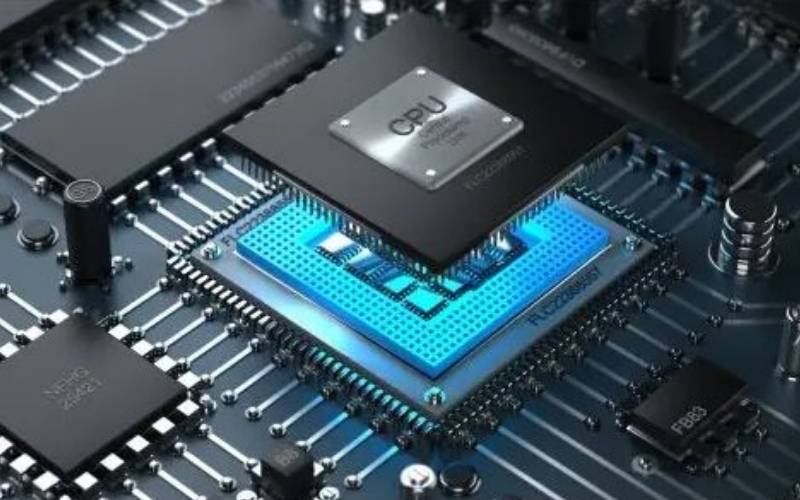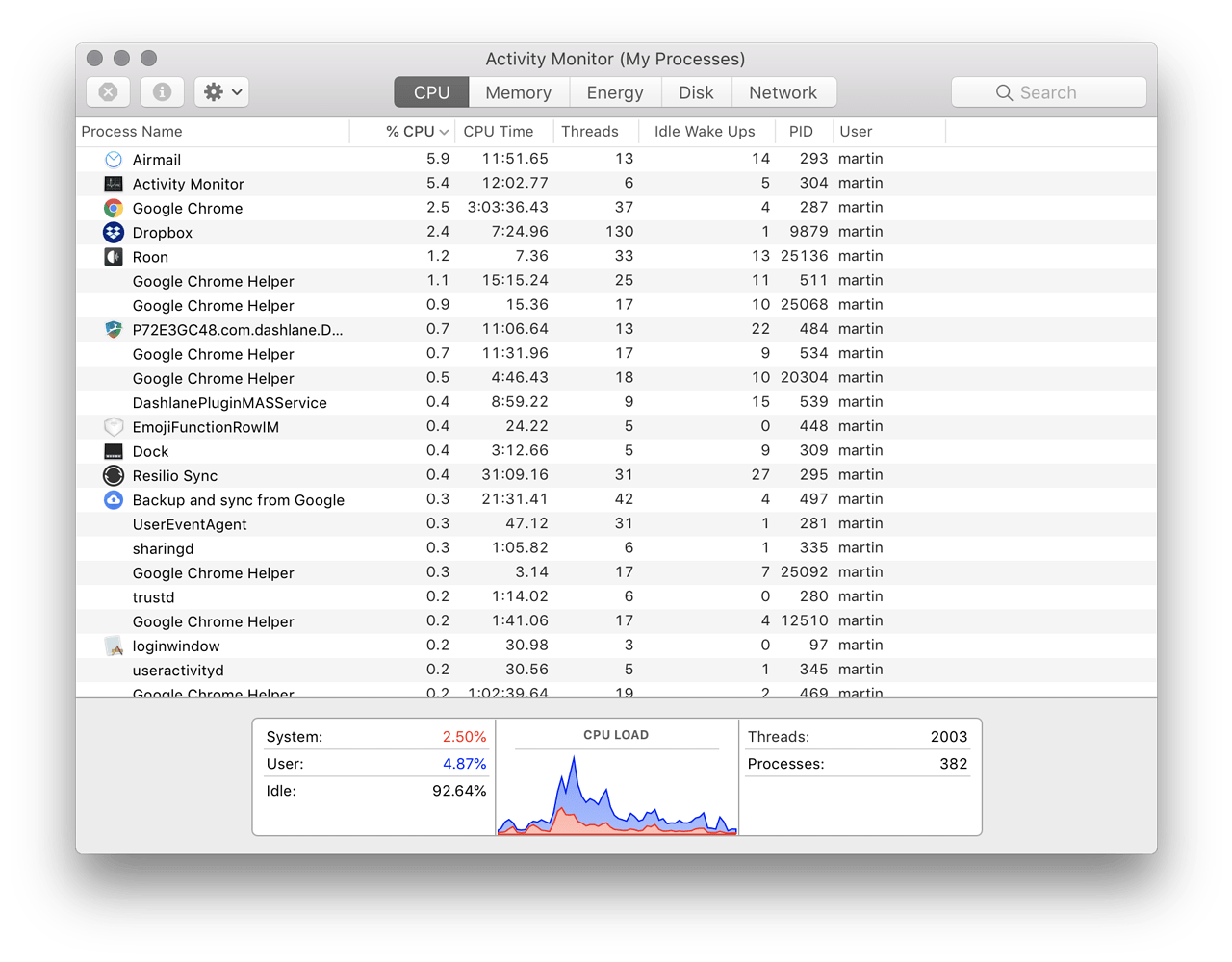


When you find that the CPU load is too high, you can react quickly and then take steps to reduce CPU usage, such as killing CPU-hogging processes, disabling unnecessary startup programs, closing unused applications, etc. BuhoCleaner Menu is a handy tool that enables you to monitor CPU load in real-time. As we said above, you should avoid a 100% CPU usage situation. Paste and run the command: top -l 2 | grep -E "^CPU", and you will see the CPU usage in percentage.ĬPU load is the number of processes that the CPU is executing or waiting for the CPU to execute.Open Terminal via Spotlight or Launchpad.However, this method only allows you to see the CPU utilization, and you don't know which process consumes the most CPU power. To show the CPU usage on Dock, right-click the Activity Monitor icon on Dock, hover your mouse over Dock Icon and choose Show CPU usage.Īlternatively, you can use Terminal to check the CPU usage on your Mac quickly.Click the %CPU option to quickly view the processes that consume the most CPU power.Click the CPU tab, you will see all the processes that are using the CPU power.

Open the Activity Monitor via Spotlight or Launchpad.Not only can you use it to see the usage of CPU, memory, and disk, but you can also use it to force quit the apps that are using the most CPU power. The Activity Monitor shipped with macOS can help you monitor the status of every process on your Mac. How to Check CPU Usage with Activity Monitor Keep reading if you want to know how to check the CPU usage on Mac. When the CPU usage is close to 100%, you will find that the computer starts to freeze. The CPU usage will constantly change with your activities on the computer. It interprets computer instructions and processes data in computer software.

How to Delete the Other Storage on Mac What is a CPU?ĬPU, short for Central Processing Unit, is the brain of a computer.


 0 kommentar(er)
0 kommentar(er)
